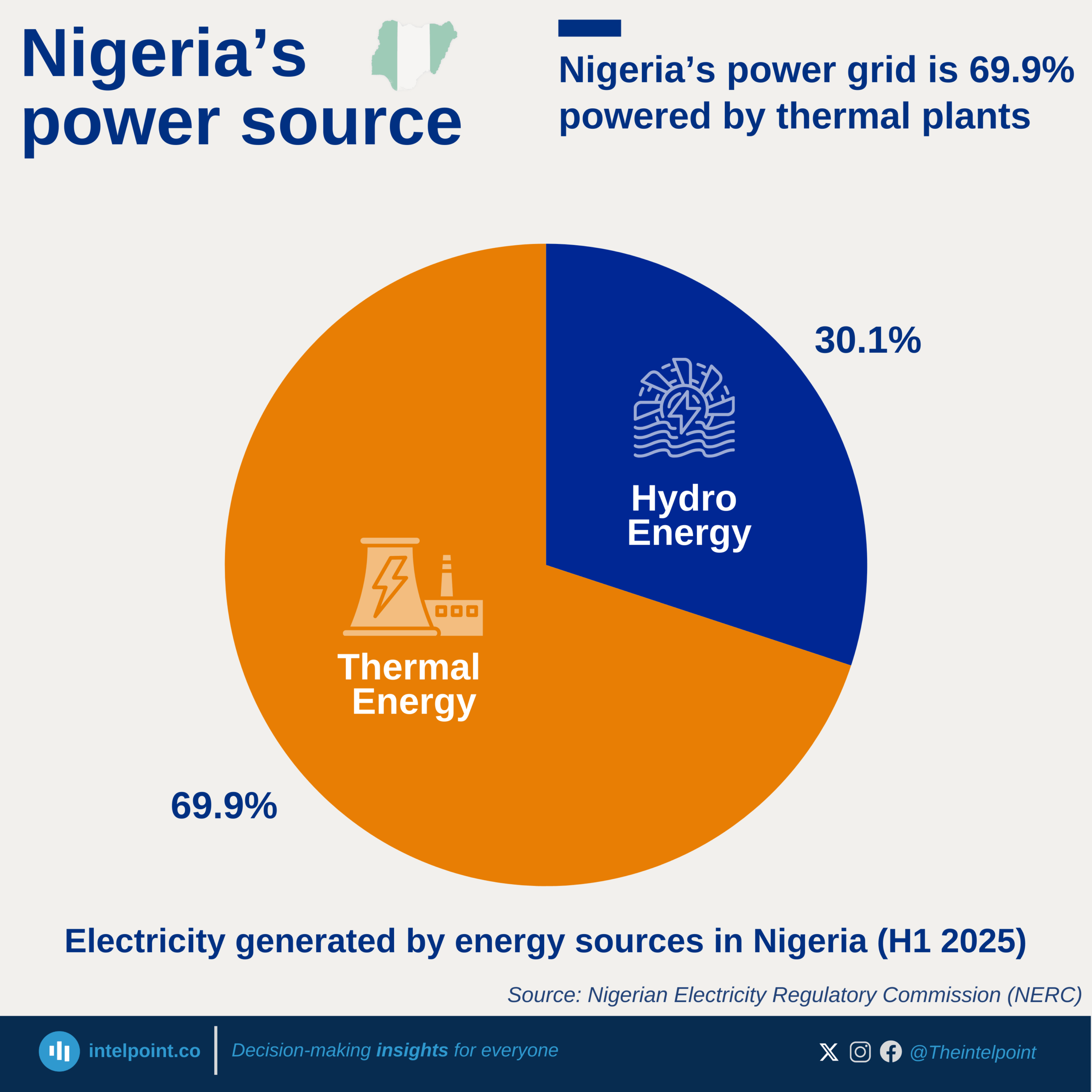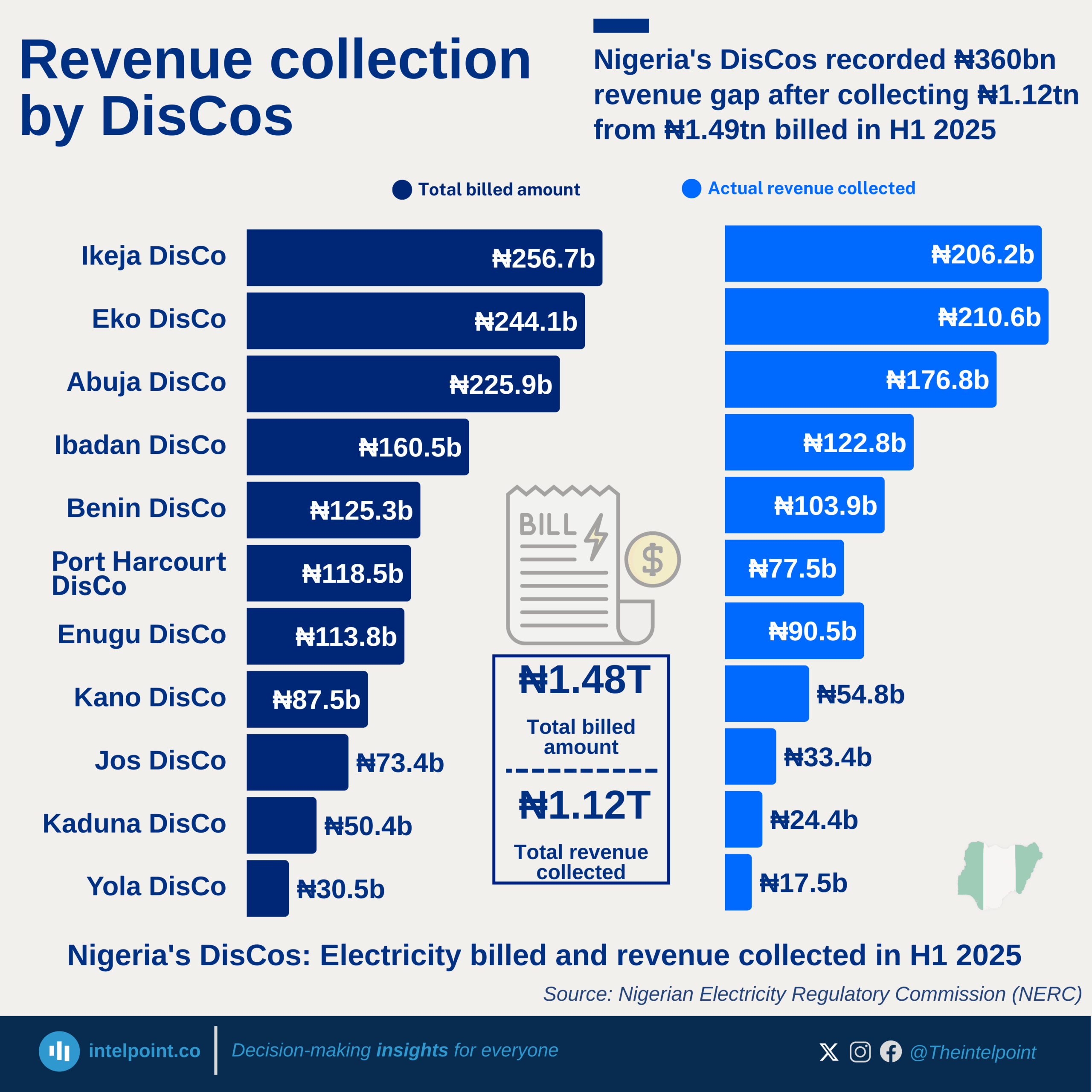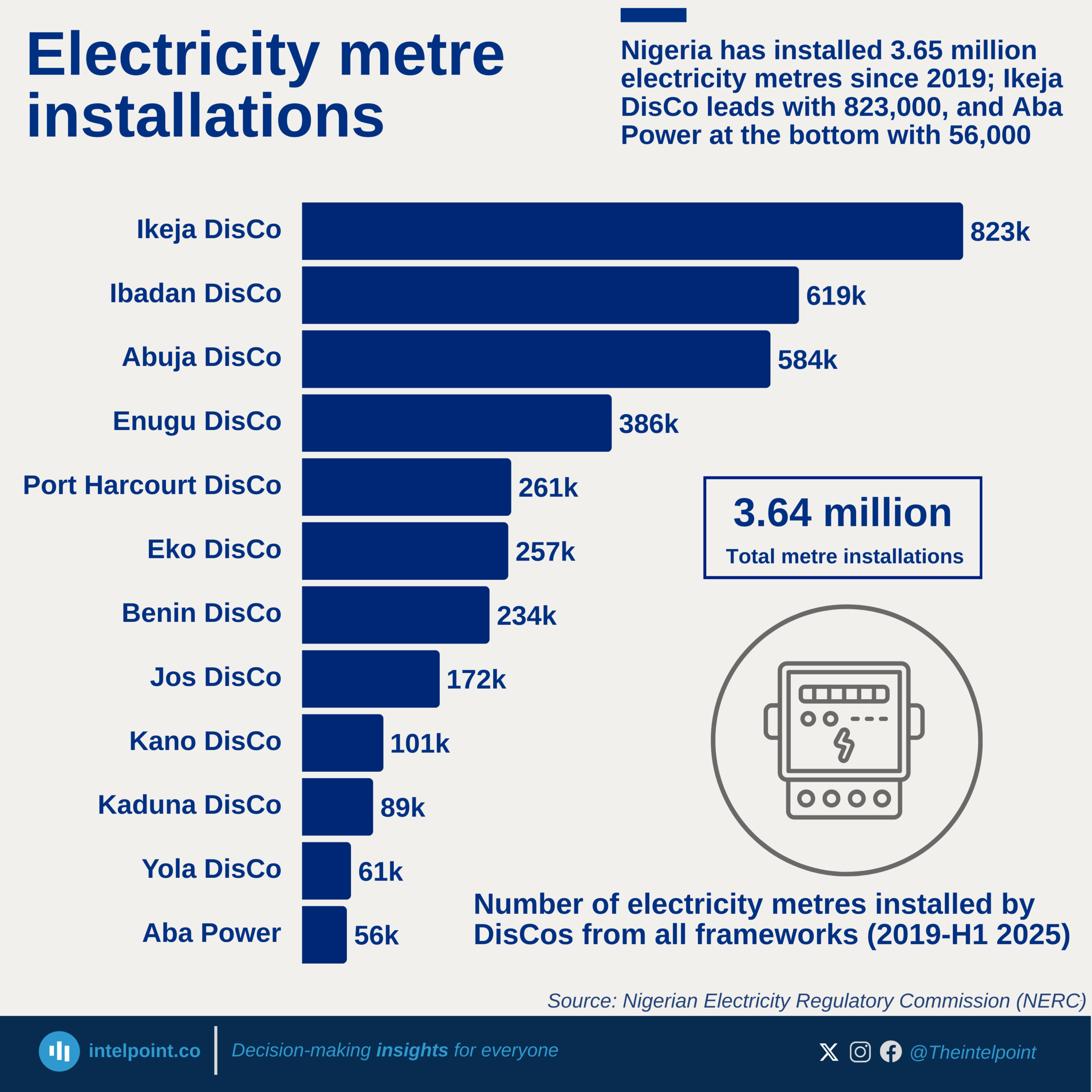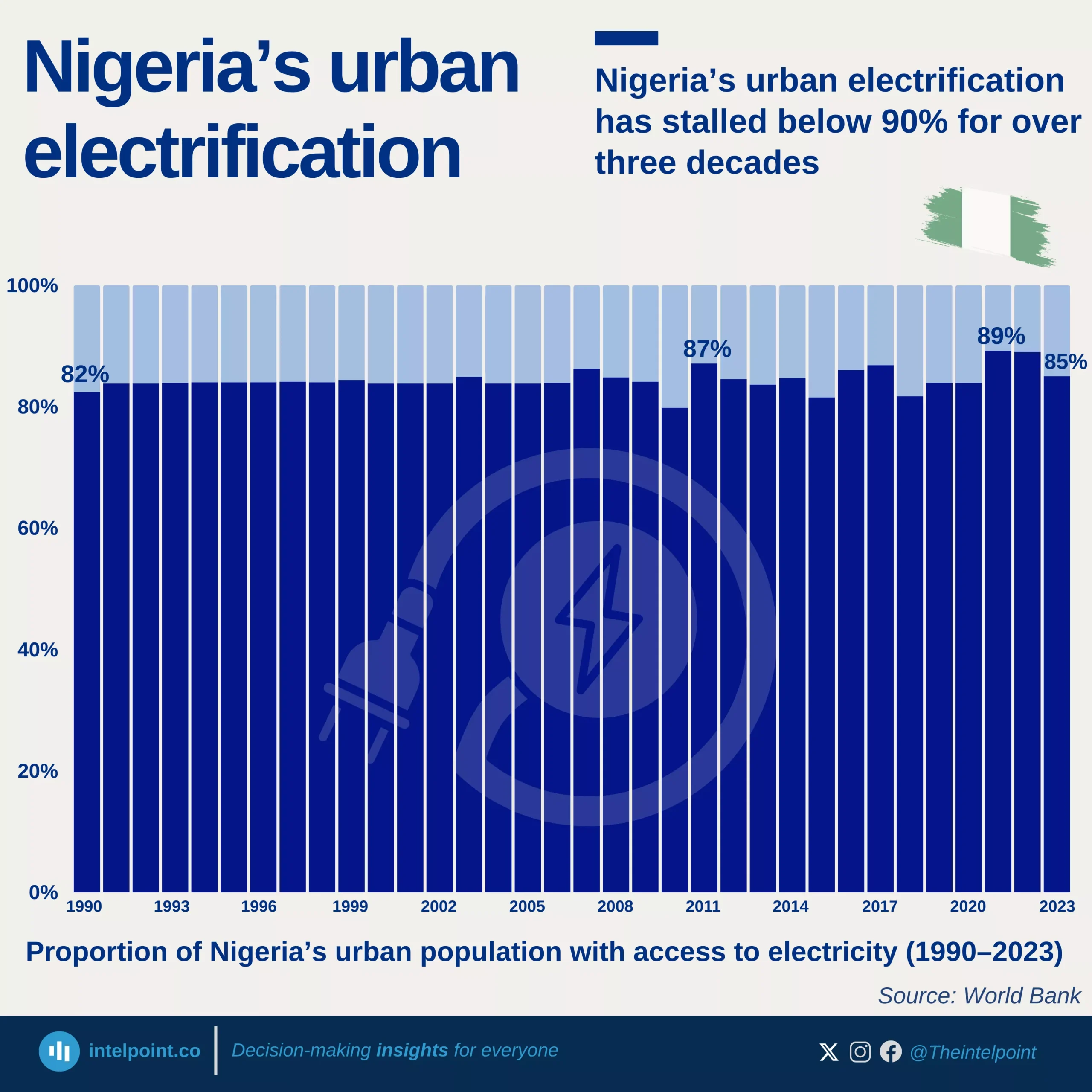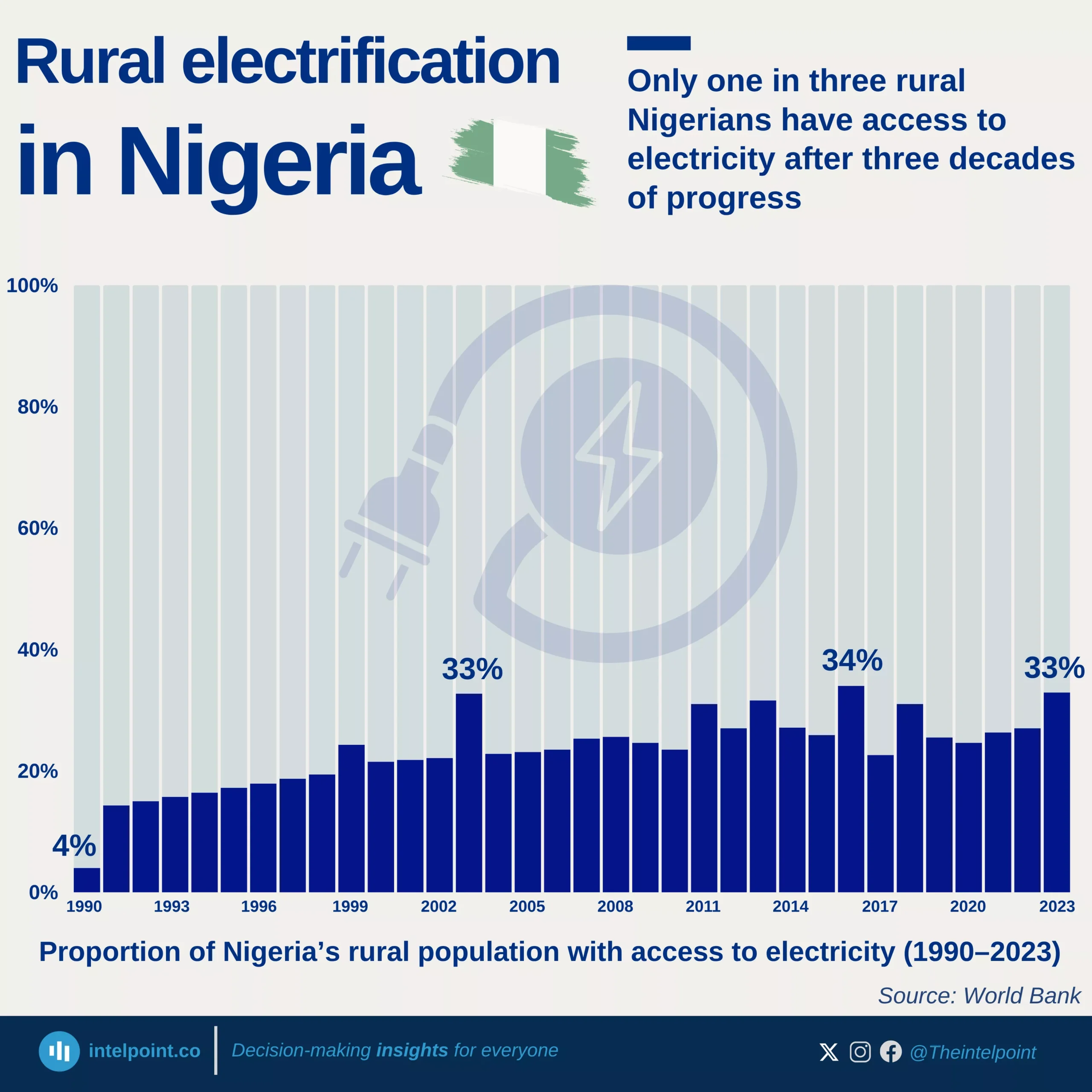Imagine trying to run a hospital without stable power supply, or a school where children can't study after dark. For millions of people in countries with less than 50.3% electricity access, this isn't just an inconvenience—it's a daily reality. The low access rates in nations like South Sudan and the Central African Republic are a stark reminder of the immense struggles many African nations face, often linked to conflict and instability.
The numbers reveal the full scale of the challenge. Fourteen countries on the continent have less than 50% of their population with electricity, and twelve of those have less than 40% access. At the very bottom of the list, countries like South Sudan have a shockingly low access rate of just 5.40%, while Burundi stands at 11.60% and Chad at 12.00%.
